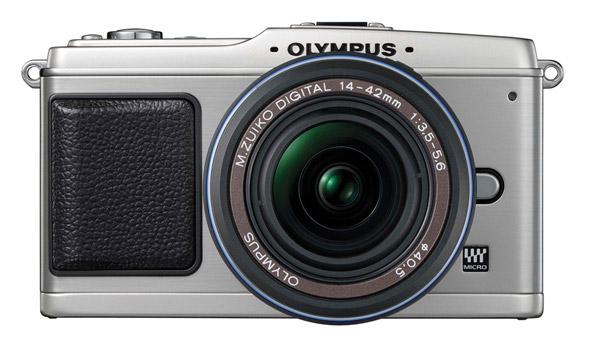Newsletter
Sort By: Post DateTitle Publish Date
|
Nov 21, 2011 |
First Published: Dec 01, 2011 |
|
Dec 26, 2006 |
|
Jul 26, 2005 |
 On The Cover
On The Cover



